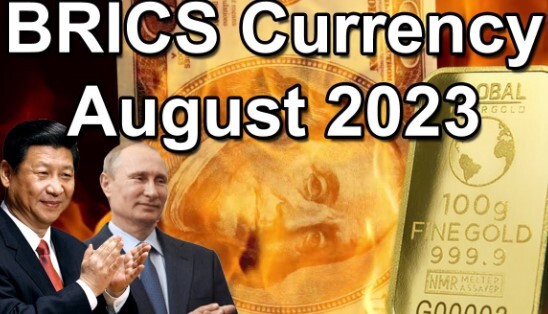- 1-905-452-8193
- Contact Us
- Member Login
- Get Listed Today
- 220,911 members

With the ever-changing landscape of the global economy, it is crucial to stay updated on the latest news and analysis regarding currency dynamics in the BRICS (Brazil, Russia, India, China, and South Africa) countries. As these nations play a significant role in shaping the world economy, understanding their currency movements can provide valuable insights for investors and finance professionals. In this article, we will delve into the latest news and analysis regarding BRICS currency and explore its implications.
Recently, there has been a surge of interest in BRICS currencies due to their increasing influence in the world economy. The BRICS nations collectively account for a substantial share of the global GDP and trade, making their currencies critical in international financial transactions. To stay ahead of the curve, it is essential to keep an eye on the latest developments and trends in BRICS currency.
China's currency, the renminbi (RMB), has gained significant traction in recent years as an emerging global reserve currency. With its inclusion in the International Monetary Fund's (IMF) Special Drawing Rights (SDR) basket, RMB has witnessed increased international acceptance. As China continues to open up its financial markets and promote internationalization of the RMB, its role as a reserve currency is expected to strengthen further.
India's currency, the rupee (INR), has been impacted by several economic reforms initiated by Prime Minister Narendra Modi. Measures such as demonetization and the implementation of the Goods and Services Tax (GST) have had a notable impact on the value and stability of the rupee. Staying updated on these reforms and their effects on the Indian economy can provide valuable insights into the future trajectory of the INR.
Brazil's currency, the real (BRL), has faced significant volatility in recent years due to political and economic uncertainties. The country's fiscal policies, inflation rates, and political climate can all influence the value of the real. Keeping track of Brazil's economic indicators, such as GDP growth, inflation, and interest rates, can help investors gauge the potential risks and opportunities associated with the BRL.
Russia's currency, the ruble (RUB), is closely tied to oil prices due to the nation's heavy reliance on oil exports. Fluctuations in global oil prices can have a significant impact on the value of the ruble. Therefore, staying informed about the latest developments in the oil market and geopolitical factors affecting oil prices can provide valuable insights into the future movement of the RUB.
South Africa's currency, the rand (ZAR), is susceptible to political and economic developments within the country. With a challenging political landscape and ongoing concerns around corruption and governance, the rand can experience considerable volatility. Monitoring South Africa's political climate, policy decisions, and economic indicators can help investors navigate the potential risks and opportunities associated with the ZAR.
Understanding the dynamics of BRICS currency news is crucial for investors and finance professionals looking to diversify their portfolios and capitalize on emerging market opportunities. By staying informed about the latest news and analysis, they can make informed decisions regarding currency investments, hedging strategies, and international trade.
Moreover, as these nations continue to play an increasingly prominent role in the global economy, the BRICS currencies' influence on international financial systems is expected to grow. This means that professionals working in finance and global markets must possess a deep understanding of BRICS currencies to provide effective financial advice and navigate the evolving landscape.
In conclusion, keeping track of the latest news and analysis regarding the dynamics of currency in BRICS countries is essential for anyone interested in the global economy and the financial markets. With the collective influence of Brazil, Russia, India, China, and South Africa, these nations' currencies play a crucial role in shaping international trade, investments, and monetary policy. By staying informed about the developments and trends in BRICS currency, investors and finance professionals can make well-informed decisions and seize opportunities in emerging markets. Stay tuned to reliable sources like BRICS Insight to remain up to date with the latest news and analysis on BRICS currency.
